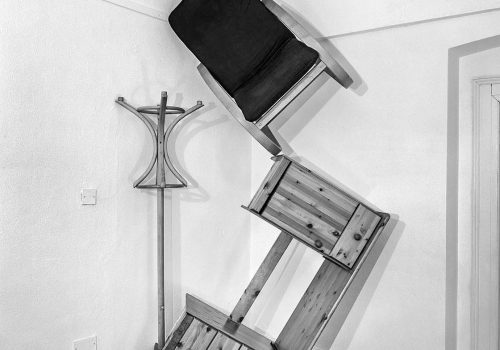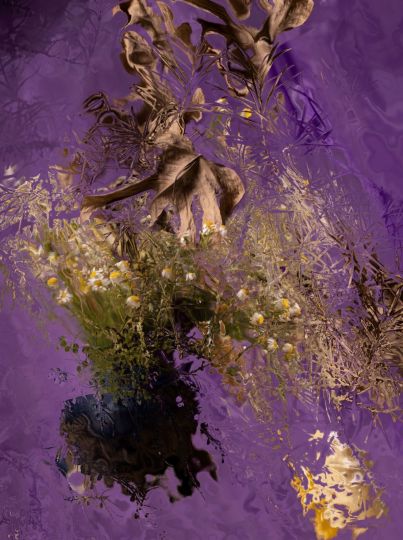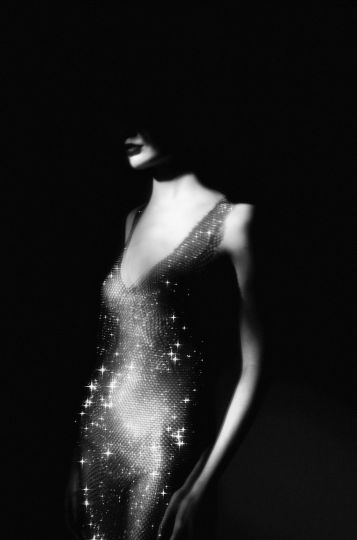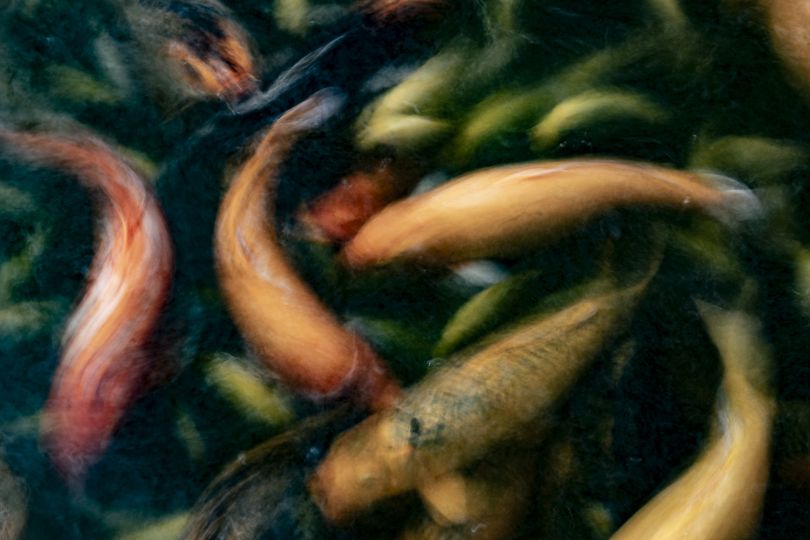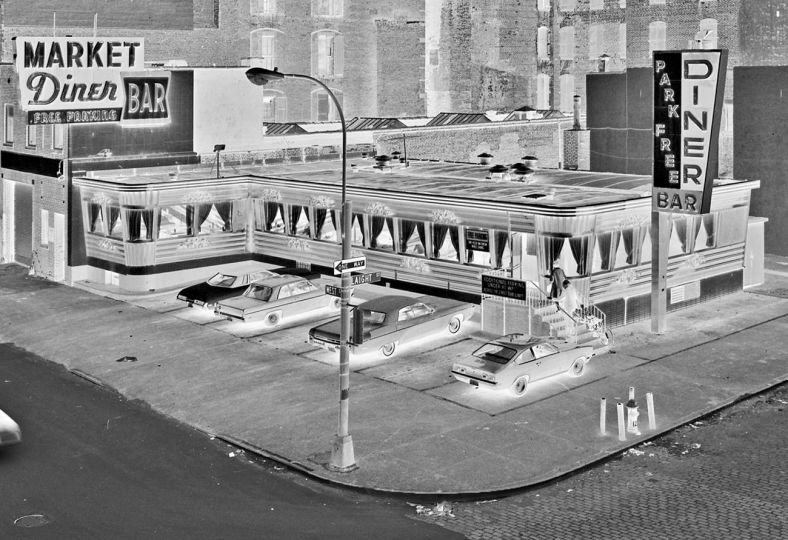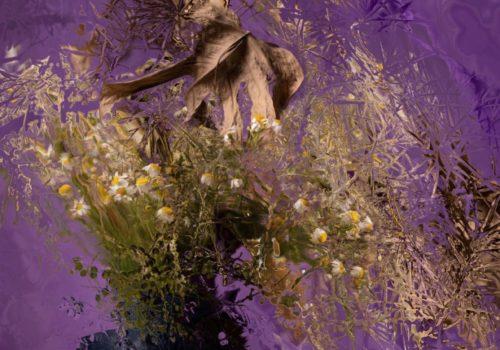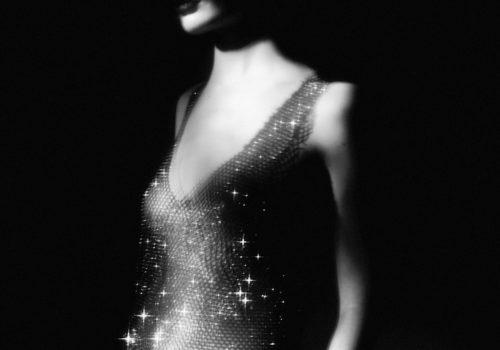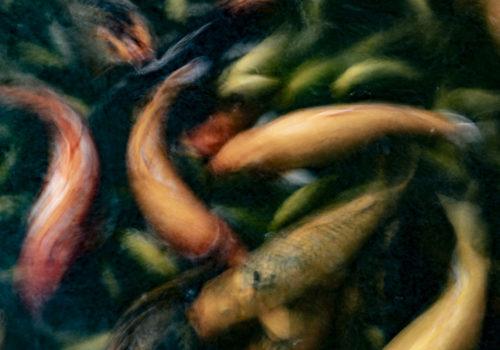[In this world,] the passage of time brings increasing order. Order is the law of nature, the universal trend, the cosmic direction. If time is an arrow, that arrow points toward order. The future is pattern, organization, union, intensification; the past, randomness, confusion, disintegration, dissipation.
– Alan Lightman, from Einstein’s Dreams, (11 May 1905)
Ring around the rosy,
Pocket full of posy,
Ashes! Ashes!
We all fall down!
– Mother Goose, children’s rhyme
The still life is the antithesis of photography’s purpose. Photography is a medium with a DNA that is so engrained in time, action and complete dedication to a moment, it doesn’t matter whether it is 1/1000th of a second or 1/1,000,000th – all are equally weighted. The still life is, in contrast, a genre that contains every moment by excluding all others. With its absolute lack of action, the tableaux setting encompasses all moments; past, present and future. What this thing was is what it is now; and will be tomorrow. The photographs of Max Kellenberger and Alex Yudzon are united in picturing objects frozen in time and place but are not dead as still, life is implicit through the implied human presence – these are not memento mori. Visually, both artists share an exploration of balletic balance, creating images where, should the slightest fault occur, an atom becomes dislodged or a sudden wind seeps under the studio door, entropy would reign, and the world would come crashing down. If these pictures depict any momentary position, it is the nanosecond before Armageddon, because how can we continue once the box tips over or the desk tumbles to the floor?
Kellenberger and Yudzon conspire in more than a playful obedience to depicting potential disaster. With decades of difference in age, the years have nevertheless brought these two European expatriates together by chance. Kellenberger, a Swiss native living in San Francisco, and Yudzon, a Russian émigré as a child, carry with them a particularly personal, incisive sense about the threat of instability with the persistence of precarious balance. The selection of Max Kellenberger’s images are from his body of work Gravity, pictures describing impossibly delicate scenarios based on simple ideas that challenge the power of nature’s force. Imbued with a classic, Modernist Swiss design sensibility, Kellenberger’s vision relies upon a complicit understanding between him, as the artist, and you, as the viewer, that beauty is the result of razor thin balances between stasis and disorder.
Alex Yudzon is a photographer, painter, sculptor and collagist. The works included here stem from the diaristic survey A Room for the Night, in which Yudzon appropriates the contents of hotel rooms as he travels to create what he refers to as “furniture sculptures” – temporary installations made to be photographed. Studies of intricately constructed totems to temporary shelter, A Room for the Night is a trail of markers in the peripatetic life of an artist, uprooted at eight years old and on the road since. Impermanence and the ghosts of uprooted guests infiltrate these pictures.
Both Kellenberger and Yudzon use the artifice of the studio to make statements about unsettling, ironic arrangements. Kellenberger’s objects have little relevance to their original roles: a child’s toy far beyond the reach of any boy or girl, an empty box with a rebellious lid defying its purpose, a hair dryer auditioning for the circus. Yudzon’s hotel rooms and temporary residences are redolent with the spirts of those who have been there and gone away. Their bodies are present in the sunken cushions of sofas impossibly balanced, their work hinted at in the impossible upheaval of desks, carnal evidence of intimacy in the interconnected limbs of chairs poised for action.
In an e-mail exchange, Max Kellenberger reminded Yudzon of the Mother Goose rhyme quoted above, to which the photographer replied, I heard that story before somewhere some time ago but have since forgotten so it was great to be reminded. It’s such a powerful idea, the notion of gravity as connected to falling, which is connected to so many powerful ideas… one can look at your work as a suspension of gravity… a temporary space that for a brief moment brings the forces of nature into equilibrium. Perhaps this is why the images are so mysterious. The author and physicist Alan Lightman’s Einstein’s Dreams is a collage of imagined scenarios in which time is reconfigured in the unconscious wanderings of Albert Einstein from when the genius was a patent clerk in the early 1900s; a lyrical primer on special relativity. In the chapter quoted, time is the force that brings order to the world so that as time moves forward, the world becomes increasingly arranged and balanced. Both Kellenberger and Yudzon seem to exist both within that structure and beyond it, as if they lived in Einstein’s dream all along.
ENTROPY
Max Kellenberger & Alex Yudzon
November 1 – January 5, 2019
Rick Wester Fine Art
526 West 26th Street
Suite 417
New York, NY 10001

